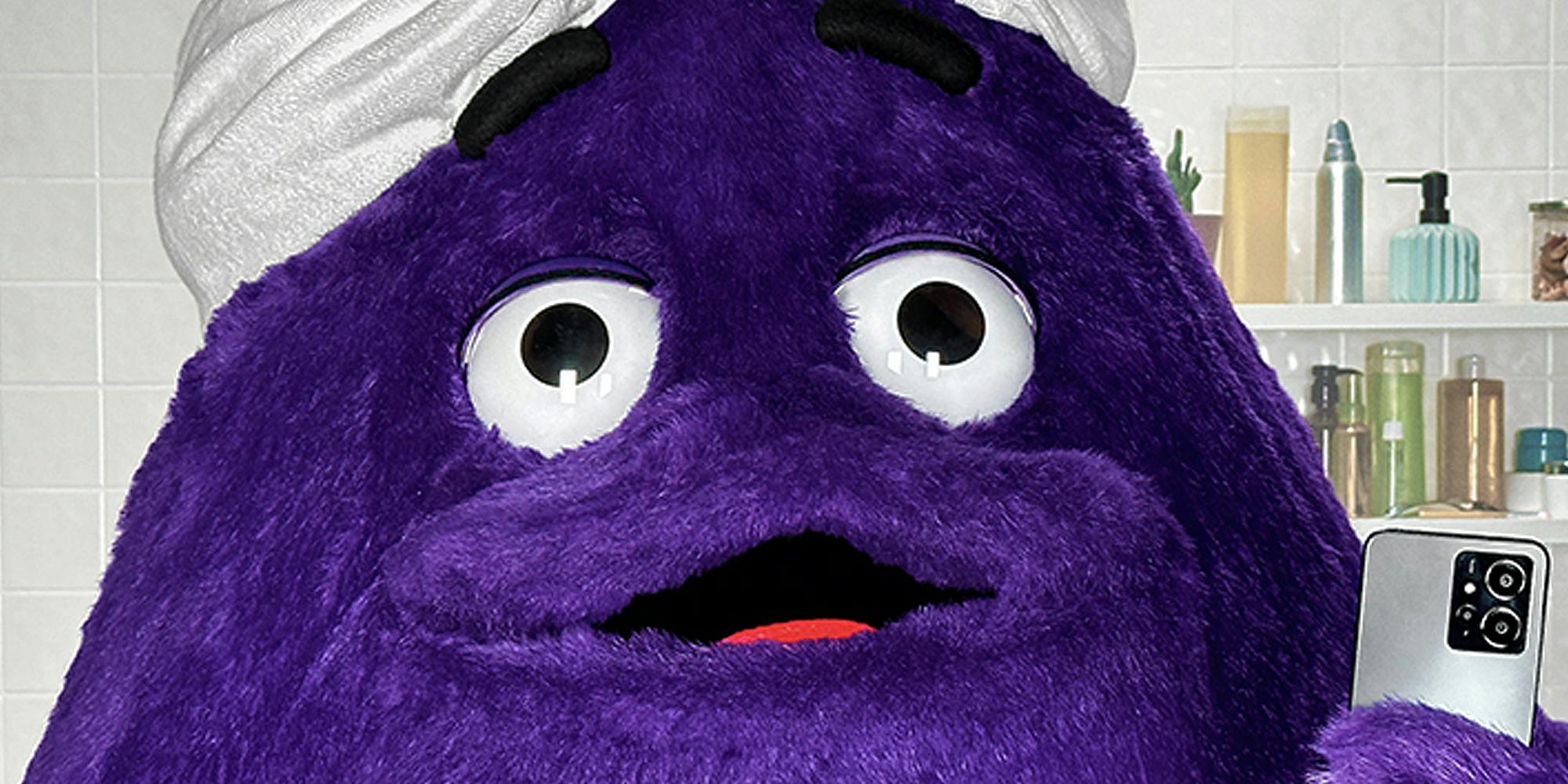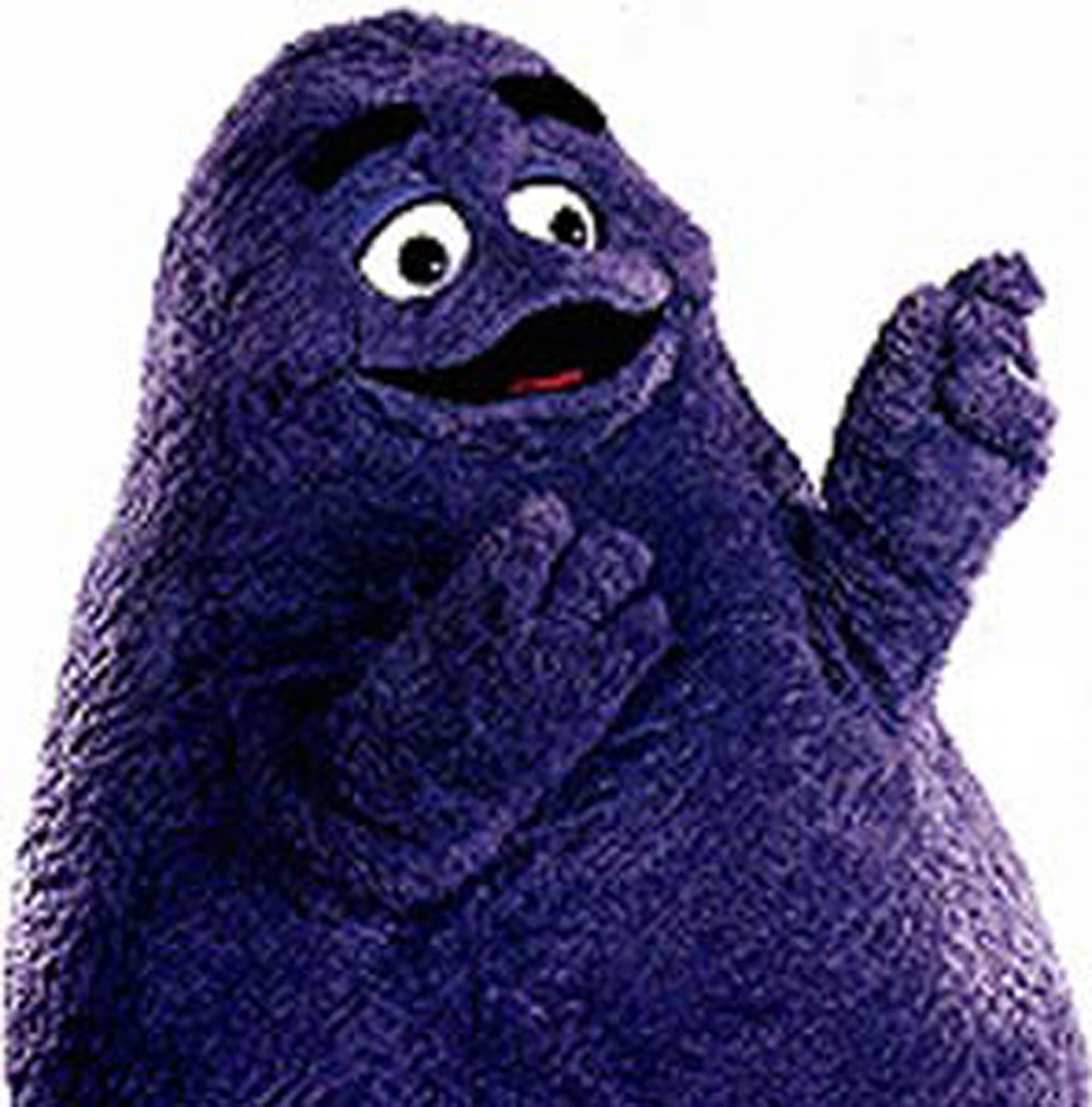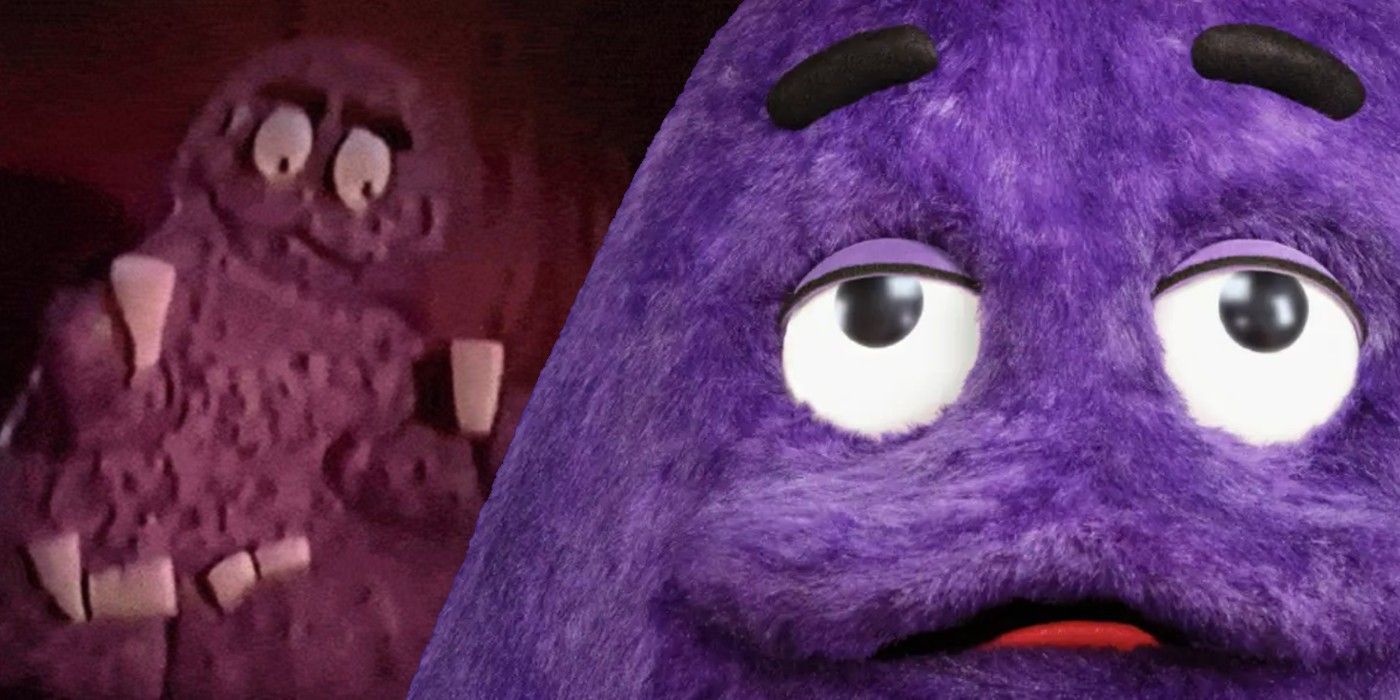Unmasking The Grimace: Decoding This Complex Facial Expression
The grimace expression is far more than just a fleeting twitch of the face; it's a profound, often involuntary, nonverbal cue that communicates a spectrum of intense human experiences. From moments of sharp pain to subtle disapproval, this contorted facial display offers a unique window into our inner world, often revealing truths our words might conceal. Unlike a simple smile or frown, the grimace is a complex tapestry of tightening muscles, pulling features, and distorted symmetry, making it a truly fascinating subject to explore.
Understanding the nuances of a grimace can significantly enhance our ability to interpret nonverbal communication, offering insights into someone's discomfort, disgust, or even a wry sense of humor. This article delves deep into the world of the grimace, exploring its origins, its various manifestations, and the critical role it plays in human interaction and even in medical assessment. Prepare to unravel the intricate story behind this powerful and often misunderstood facial expression.
Table of Contents
- What Exactly is a Grimace Expression?
- The Etymology of Grimace: Tracing Its Roots
- Why Do We Grimace? Unpacking the Triggers
- The Grimace Scale: A Tool for Understanding Pain
- Grimace vs. Other Expressions: A Subtle Difference
- The Cultural Nuances of a Grimace
- The Curious Case of McDonald's Grimace
- Mastering the Art of Nonverbal Communication
What Exactly is a Grimace Expression?
At its core, a grimace is a facial expression that is often described as ugly or contorted, indicating a range of strong negative emotions or physical sensations. It's not just a slight furrow of the brow or a downturned mouth; a true grimace involves a complex interplay of many facial muscles contracting to twist the face into an odd, often painful-looking orientation. Think of it as a nonverbal demonstration of intense feeling, where the face itself becomes a canvas for internal distress or strong reaction.
The defining characteristics of a grimace typically include:
- Tightening or twisting of facial muscles: This is the hallmark. Unlike a relaxed face, the muscles around the mouth, eyes, and forehead are visibly tense and pulled.
- Pulling or distortion of the mouth: The mouth might be pulled down at the corners, twisted to one side, or tightly pursed. It's often uneven, reflecting the internal struggle.
- Changes in eyebrows or eyes: The eyebrows might be drawn together and down, or one might be raised in a lopsided fashion. The eyes themselves might squint or appear strained.
- Asymmetry: Often, a grimace is not perfectly symmetrical. One side of the face might be more distorted than the other, adding to its unsettling appearance.
In essence, a grimace is a powerful nonverbal signal, a universal language for communicating states of discomfort, disapproval, or pain without uttering a single word. It’s a raw, unfiltered expression of what’s happening inside.
The Etymology of Grimace: Tracing Its Roots
The word "grimace" has a pretty interesting backstory, reaching back several centuries to its origins in the French language. It comes directly from the French word *grimasse*, which first popped up in the 17th century. Back then, much like today, it was often tied to expressions of suffering or discomfort. This linguistic lineage highlights the enduring association of the grimace with involuntary reactions to unpleasant stimuli.
Before its adoption into English, the concept of a contorted face to express pain or disgust was certainly present, but the specific term "grimace" provided a concise and evocative way to describe this particular facial phenomenon. The word itself carries a certain weight, suggesting something more profound than a simple frown or pout. Its historical usage reinforces its role as a significant indicator of internal states, particularly those that are difficult or undesirable to articulate verbally. Understanding where the word came from helps us appreciate the depth and history of this universal human expression.
Why Do We Grimace? Unpacking the Triggers
The grimace expression isn't a single-purpose tool; it's a versatile nonverbal communication device triggered by a variety of internal states. While often associated with negative experiences, its specific nuances can convey different messages. Let's break down the primary reasons why humans, and even some animals, might display a grimace.
Pain and Discomfort
Perhaps the most immediate and widely recognized trigger for a grimace is physical pain or discomfort. When we stub our toe, experience a sharp ache, or endure an unpleasant medical procedure, our faces instinctively contort. This type of grimace is a nonverbal demonstration of suffering, an innate way to tell others, without words, that we are in distress. It’s a primal signal, often involuntary, that serves as a crucial warning system. The intensity of the grimace often correlates with the severity of the pain, making it a vital indicator for caregivers and medical professionals.
- Acute Pain: A sudden, sharp grimace often accompanies an unexpected injury or intense, short-lived pain.
- Chronic Discomfort: A more subtle, persistent grimace might be seen in individuals dealing with ongoing discomfort or chronic conditions.
- Visceral Reactions: Nausea, extreme cold, or intense pressure can also elicit a grimace as the body reacts to internal discomfort.
Disgust and Disapproval
Beyond physical pain, the grimace expression is a powerful indicator of strong negative emotions like disgust or disapproval. Imagine tasting something truly awful, seeing something repulsive, or hearing an opinion you vehemently disagree with. Your face might twist into a grimace, reflecting your internal revulsion or rejection. This form of grimace serves as a social signal, communicating your negative judgment or aversion to others. It's a clear boundary marker, indicating "I do not like this" or "I disapprove."
- Sensory Disgust: Reactions to bad smells, tastes, or sights often manifest as a grimace, scrunching the nose and tightening the mouth.
- Moral Disapproval: Witnessing an unjust act or hearing an offensive statement can also trigger a grimace, reflecting moral or ethical objection.
- Social Aversion: Sometimes, a grimace can signal discomfort or dislike of a particular social situation or individual.
Wry Humor and Irony
Interestingly, not all grimaces are purely negative. Sometimes, a grimace can be an expression of wry humor or irony. This type of grimace is often accompanied by a slight smirk or a twinkle in the eye, indicating that the contortion is intentional and meant to convey a sense of playful discomfort or a knowing acknowledgement of an awkward or absurd situation. It's a more nuanced grimace, requiring context to be fully understood, and it showcases the incredible versatility of this facial expression. It's a way of saying, "This is uncomfortable, but I find it amusing in a strange way," or "I'm enduring this with a knowing wink."
The Grimace Scale: A Tool for Understanding Pain
Given the strong link between a grimace and pain, scientists and medical professionals have developed tools to systematically assess pain based on facial expressions. One such tool is the "Grimace Scale." This method of assessing the occurrence or severity of pain is particularly valuable in situations where verbal communication is impossible or unreliable, such as with infants, non-verbal patients, or even animals. The Grimace Scale identifies specific facial action units that reliably indicate pain, including:
- Orbital Tightening: Squeezing of the eyelids.
- Nose Bulge: Raising of the nose.
- Cheek Bulge: Tightening of the cheeks.
- Ear Position: Flattening or pulling back of the ears (in animals).
- Whisker Change: Changes in whisker position (in animals).
By observing and scoring these specific facial changes, caregivers can gain a more objective understanding of an individual's pain level, allowing for more appropriate and timely pain management. This application of understanding the grimace highlights its critical importance in healthcare and animal welfare, underscoring the grimace as a vital nonverbal demonstration of pain that can literally impact quality of life.
Grimace vs. Other Expressions: A Subtle Difference
While a grimace is a type of facial expression, it's crucial to distinguish it from other common expressions like smiles, frowns, or scowls. Unlike a smile or frown, which can be more easily interpreted as happiness/friendliness or sadness/displeasure respectively, a grimace can be a bit more complex to understand. Its ambiguity often lies in its contorted, uneven nature, which can sometimes blend elements of pain, disgust, and even a forced pleasantry.
- Grimace vs. Frown: A frown typically involves downturned lips and furrowed brows, primarily indicating sadness or displeasure. A grimace, however, involves a more widespread tightening and twisting of the entire face, often asymmetrical, conveying a stronger, more visceral reaction.
- Grimace vs. Scowl: A scowl is an angry or bad-tempered expression, often characterized by a deep frown and narrowed eyes. While it shares the negative connotation, a grimace is less about anger and more about internal discomfort, aversion, or pain.
- Grimace vs. Smile: This is the most obvious contrast. A smile is an upward curve of the lips, often with crinkling around the eyes, indicating happiness or amusement. A grimace is the opposite – a distortion that signals distress or strong negative feelings. However, a "wry grimace" can sometimes have a hint of a smile, adding layers of irony.
The complexity of a grimace lies in its ability to be a "hybrid" expression, often combining elements that make it less straightforward than other more universally recognized facial cues. This is why context is so vital when interpreting a grimace expression.
The Cultural Nuances of a Grimace
While the basic physiological response that creates a grimace (e.g., in response to pain) is largely universal, the social display and interpretation of a grimace can have cultural nuances. In some cultures, open displays of pain or disgust might be more common or accepted, while in others, there might be a greater emphasis on stoicism or masking such expressions. For example, some societies might encourage a more subdued reaction to discomfort, leading to a less pronounced grimace, whereas others might allow for a more overt display.
Furthermore, the specific context in which a grimace is displayed can significantly alter its meaning across cultures. What might be interpreted as a sign of genuine pain in one culture could, in another, be seen as a sign of weakness or even a form of polite endurance. This highlights the importance of cultural sensitivity when interpreting nonverbal cues, including the grimace expression, especially in diverse global interactions. Even saying "grimace" in different languages, such as Chinese, Spanish, or Portuguese, might evoke slightly different cultural associations or contexts of usage, though the core meaning of a contorted face remains.
The Curious Case of McDonald's Grimace
When discussing the word "grimace," it's almost impossible not to mention one of its most unusual and widely recognized associations: Grimace, the McDonaldland marketing character. Developed to promote the restaurant's milkshakes, this large, purple, amorphous creature stands in stark contrast to the common understanding of a grimace as a facial expression of pain or disgust.
McDonald's Grimace is famously portrayed as friendly, clumsy, and somewhat childlike, with a perpetually happy or bewildered expression. His name is a playful paradox, as his demeanor rarely, if ever, reflects the conventional meaning of the word. This character serves as a fascinating linguistic anomaly, taking a word with typically negative connotations and repurposing it for a whimsical, positive brand identity. It's a testament to how language can be recontextualized and reimagined in popular culture, creating a stark divergence from its original or primary definition. While the character Grimace has no direct link to the physiological grimace expression, his existence certainly adds an interesting layer to any discussion about the word itself.
Mastering the Art of Nonverbal Communication
Understanding the grimace expression is a crucial step in mastering the broader art of nonverbal communication. Our faces are incredibly expressive, often conveying more than our words ever could. Recognizing a grimace allows us to tune into the unspoken experiences of others, whether it's a colleague enduring a difficult meeting, a friend struggling with a personal issue, or even a pet signaling discomfort. It teaches us empathy and observation, encouraging us to look beyond the surface and consider the deeper emotional or physical states at play.
By learning what grimace means and how to use it (or rather, how to interpret it) in different contexts, we become more attuned communicators. We learn to see the subtle cues that indicate pain, disgust, or discomfort, allowing us to respond with greater sensitivity and understanding. This skill is invaluable in personal relationships, professional settings, and even in fields like healthcare, where the ability to interpret nonverbal cues can directly impact patient care. So, the next time you see a grimace, remember it's not just an ugly face; it's a powerful message waiting to be understood.
Conclusion
The grimace expression, a contorted facial display of disgust, disapproval, or pain, is a remarkably complex and ancient form of nonverbal communication. From its 17th-century French origins as *grimasse* to its contemporary use in pain assessment scales, the grimace serves as an undeniable window into our deepest physical and emotional states. Unlike a simple smile or frown, its uneven, muscle-tightening nature makes it a nuanced signal, capable of conveying everything from acute suffering to wry humor.
By understanding the multifaceted triggers and subtle differences of the grimace, we enhance our ability to interpret the unspoken language of the human face. This knowledge is not just academic; it empowers us to be more empathetic observers, better caregivers, and more effective communicators in all aspects of life. So, the next time you encounter this powerful facial expression, take a moment to truly see it. What story is it trying to tell? Share your thoughts in the comments below, or explore more of our articles on the fascinating world of human emotions and nonverbal cues!

Who is Grimace? Understanding the McDonald's Icon

Grimace | Fictional Characters Wiki | Fandom

How McDonald's Grimace Became a Fast Food Icon